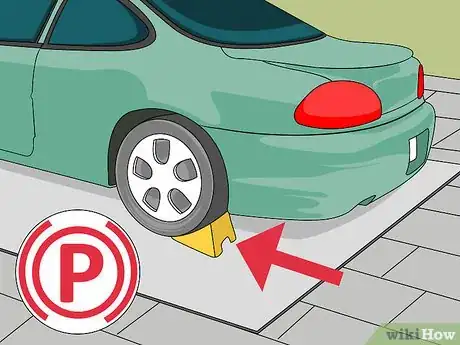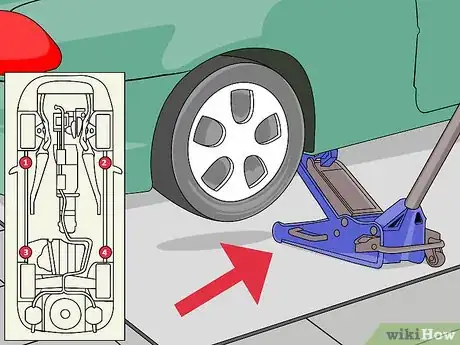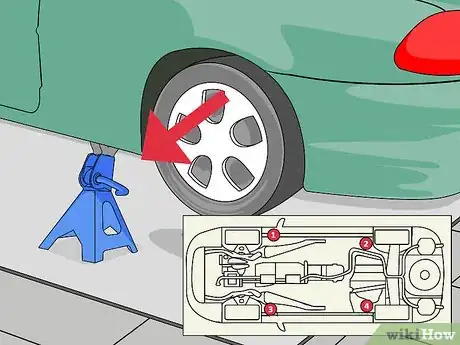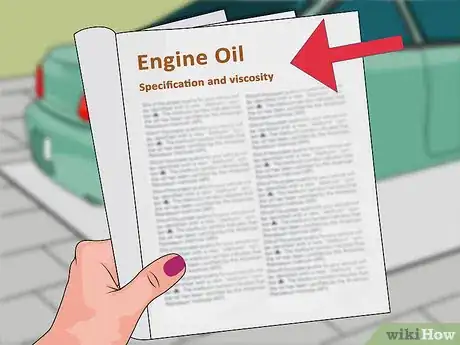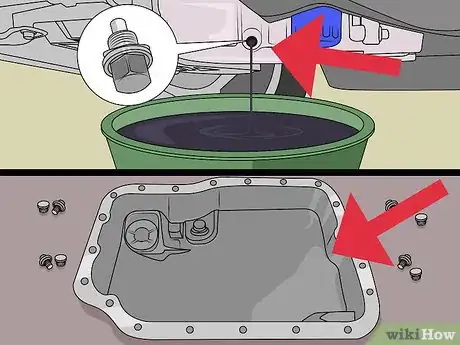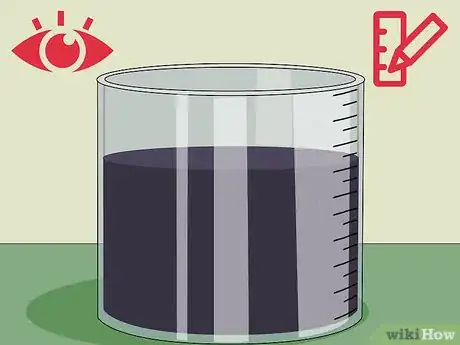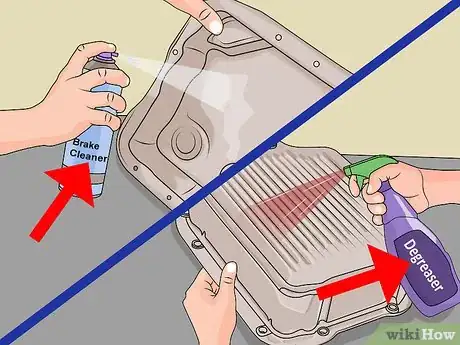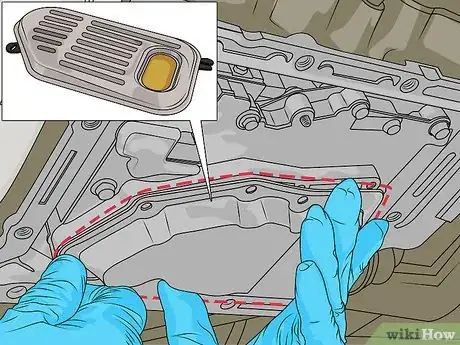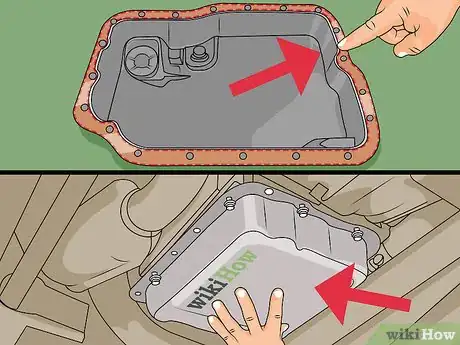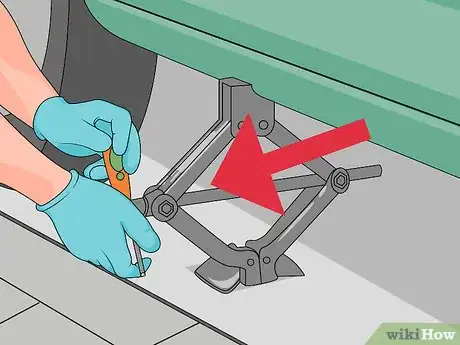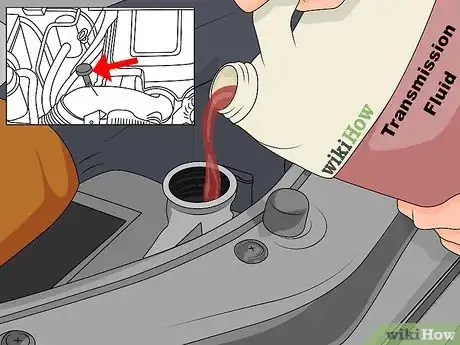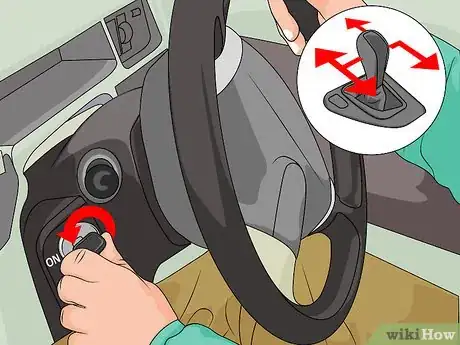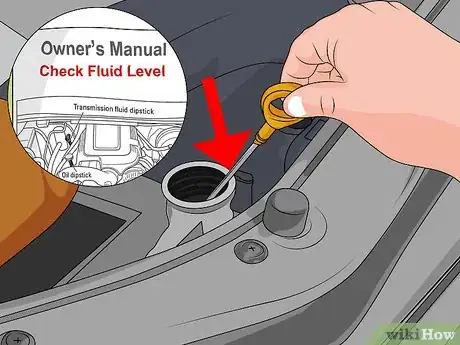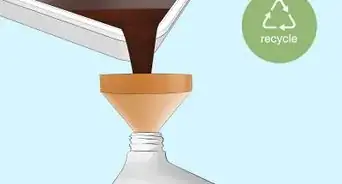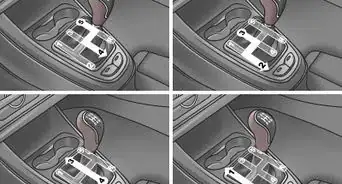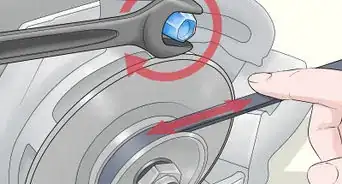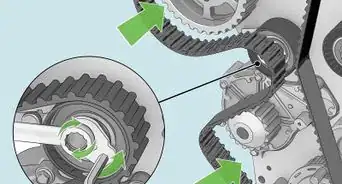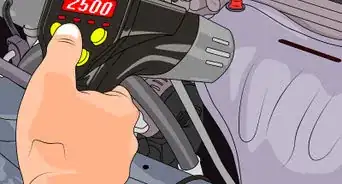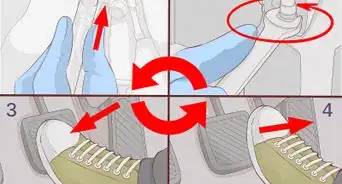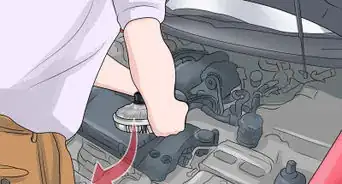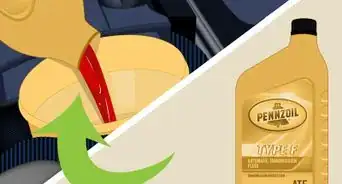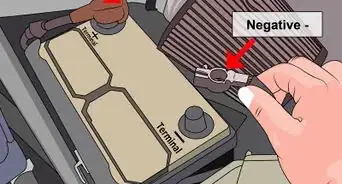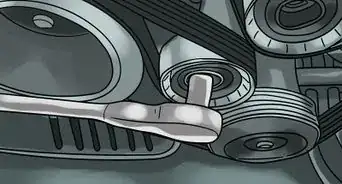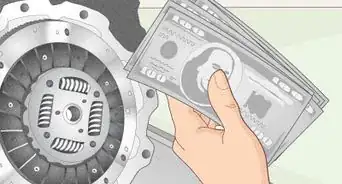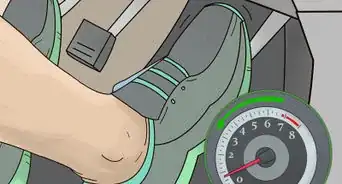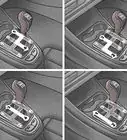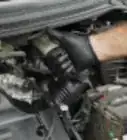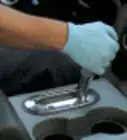X
wikiHow is a “wiki,” similar to Wikipedia, which means that many of our articles are co-written by multiple authors. To create this article, 12 people, some anonymous, worked to edit and improve it over time.
This article has been viewed 79,200 times.
Learn more...
When it comes to cars, a lot of maintenance requirements can be handled by yourself. By foregoing a visit to your local mechanic and maintaining your own car, you can save some cash. Even though some of the maintenance tasks can be difficult, especially for those people who are mechanically-challenged, learning how to clean a transmission can be a great step towards becoming a competent do-it-yourselfer.
Steps
Part 1
Part 1 of 3:
Making the Vehicle Ready for Service
-
1Warm up your vehicle by driving it around for a few minutes.
- Draining the fluid will go much faster when the fluid is at least warm.
- Be careful working around hot vehicle components, especially the exhaust system.
-
2Always work on a flat, regular surface. Place the vehicle in park, set the parking brake and chock the rear wheels before raising the vehicle.Advertisement
-
3Use your owner’s manual to locate a good jacking point and raise the vehicle high enough off the ground to clear your jackstands.
-
4Again referring to your owner’s manual, place jack stands on both sides of the vehicle. Jack stands allow for much easier access to the relevant components. Jack stands are also much more reliable.[1]
-
5Ensure you have the correct fluid for your vehicle. There are many types of fluid and some manufacturers even require brand specific fluid. Consult your owner’s manual and an automotive parts professional to ensure you have the correct fluid and parts before you begin.
Advertisement
Part 2
Part 2 of 3:
Draining the Fluid and Cleaning Up
-
1Drain the fluid and remove the transmission oil pan. Position a large drain pan under the transmission oil pan and try not to spill any fluid. Keeping the area under your vehicle clean will help you stay clean.[2]
- Look for a drain plug. The drain plug will usually be a standard threaded plug located in one corner of the transmission oil pan. Remove the plug and allow the fluid to drain, then reinstall the drain plug.
- If there is no drain plug, draining the fluid will be a little more tricky. Loosen all the bolts on the transmission oil pan and then completely remove the bolts from one side. This will allow the side or corner of the pan to drop enough so that the fluid will run out.
- After the fluid has drained fully remove all the bolts and make note of their location. Remove the transmission oil pan. It may need to be tapped loose with a rubber hammer.
-
2Examine the old transmission fluid. Look for anything that seems out of place like sediment or large pieces of metal in the fluid. This could be indicative of a larger problem, so if you find anything, consult a transmission expert immediately. It is also a good idea to measure the amount of fluid drained because this will give you a good estimate on how much fluid to replace.[3]
-
3Clean the transmission oil pan inside and out. Automatic transmissions are very sensitive to dirt and foreign matter. Use a degreaser to clean the outside of the pan and brake cleaner to clean the inside and the gasket mating surfaces.
- Carefully remove all the gasket material from the transmission oil pan and the mating surface on the transmission. A razor blade may be helpful.
- Most transmissions have a magnet in the pan to catch small metal particles. Be sure to clean and reinstall the magnet.
- Clean the bolts that secure the oil pan to the transmission.
-
4Remove and replace the transmission filter. Most automatic transmissions have a filter that traps debris in the system and changing this filter is part of a complete service.[4]
- Most transmission filters are located on the bottom of the valve body and are clearly visible once the transmission oil pan has been removed. Look for the white or yellow plastic mesh on the bottom of the filter.
- Some filters merely snap into place or are held on by clips. Pay attention to the location and orientation of the clips. It may be helpful to take a picture before removing to use as a reference.
- Other filters are held in place by bolts that can vary in length. It is imperative these bolts are reinstalled in their correct locations.
- Other transmissions employ external spin-on filters that resemble engine oil filters. Remove the filter with oil filter pliers and simply tighten the new one by hand.
- Apply a little clean transmission fluid on any o-rings or seals on the filter as this will make installation much easier.
- Most transmission filters are located on the bottom of the valve body and are clearly visible once the transmission oil pan has been removed. Look for the white or yellow plastic mesh on the bottom of the filter.
Advertisement
Part 3
Part 3 of 3:
Reassembling and Refilling the Transmission fluid
-
1Reinstall the transmission oil pan. Work cleanly, slowly and carefully and this will be easy.[5]
- Apply a light coat of high-tack gasket sealant to the transmission oil pan and then carefully place the gasket on the pan, lining up the holes on the gasket with the holes on the pan. Allow the sealant to set-up a few minutes so the gasket won't shift during installation. RTV silicone is NOT recommended for this application.
- Carefully reinstall the transmission pan on the transmission and reinstall the bolts. Tighten the bolts in accordance with manufacturer's specifications.
-
2Raise the vehicle off the jackstands. Remove the jackstands and lower the vehicle.
-
3Open the hood of your vehicle and find your transmission dipstick. Typically the transmission dipstick is red in color, while the engine oil dipstick is yellow but always refer to your owner’s manual. The dipstick tube usually doubles as the fill port. Slowly refill the transmission fluid, checking the level often to avoid overfilling. A long funnel will make this easier.[6]
-
4Start the engine when the transmission fluid begins to register on the dipstick. Let the engine idle for a few minutes and look for leaks. It is a good idea to move the selector lever through all positions as well.
-
5Top-off fluid and continue to check for leaks. Refer to your vehicle’s owner’s manual for exact instructions on how to check the fluid level. This is very important because some vehicles require you to check the transmission fluid with the engine running and others do not. Following the wrong procedure may result in an inaccurate dipstick reading. Ensure you’re using the right procedure and the level is correct and you’re all done!
Advertisement
Community Q&A
-
QuestionWhat if I have to replace or repair the transmission?
 Community AnswerThe transmission is one of the most expensive parts of your car to repair. Find a reputable shop to give you an estimate on price, then decide if it's more cost effective to do the repair or replace the whole car. As a point of reference, I once paid about $3,000 to rebuild the transmission in a '99 Maxima.
Community AnswerThe transmission is one of the most expensive parts of your car to repair. Find a reputable shop to give you an estimate on price, then decide if it's more cost effective to do the repair or replace the whole car. As a point of reference, I once paid about $3,000 to rebuild the transmission in a '99 Maxima. -
QuestionHow do I clean out the fluid in the torque converter?
 Community AnswerYou would have to take the transmission apart to do that. When it doesn't work properly, then usually the torque converter is bad. (The gas mileage goes down and RPMs go up.) This can happen intermittently on the freeway as the torque converter is going bad.
Community AnswerYou would have to take the transmission apart to do that. When it doesn't work properly, then usually the torque converter is bad. (The gas mileage goes down and RPMs go up.) This can happen intermittently on the freeway as the torque converter is going bad. -
QuestionWhat should I do if my transmission sometimes gets stuck and revs high?
 Community AnswerThe first thing to do is change the transmission oil. Most cars use a type of oil which has solvent mixed into the oil. As the solvent evaporates, the viscosity increases and the oil becomes too thick. On old cars, adding a transmission additive would work great in many cases. On a CVT Transmission, doing that would void the warranty. You might have a bad transmission.
Community AnswerThe first thing to do is change the transmission oil. Most cars use a type of oil which has solvent mixed into the oil. As the solvent evaporates, the viscosity increases and the oil becomes too thick. On old cars, adding a transmission additive would work great in many cases. On a CVT Transmission, doing that would void the warranty. You might have a bad transmission.
Advertisement
Things You'll Need
- Jack
- Jack stands
- Socket set
- Drain pan
- Brake cleaner
- Degreaser
- Razor blade
- Rubber hammer
- Replacement transmission filter
- Gasket sealant
- Transmission fluid
References
- ↑ https://www.familyhandyman.com/automotive/tires/car-repair-car-jack-safety/
- ↑ https://www.youtube.com/watch?v=q-nhSpJjYyE
- ↑ https://www.popularmechanics.com/cars/how-to/a105/1272521/
- ↑ https://www.youtube.com/watch?v=yb_1wbiPz9g
- ↑ https://www.youtube.com/watch?v=xTjs_3qbdOM
- ↑ https://www.carbibles.com/add-transmission-fluid/
About This Article
Advertisement

